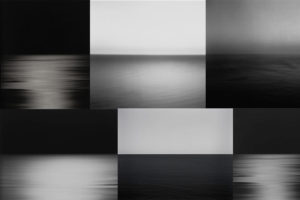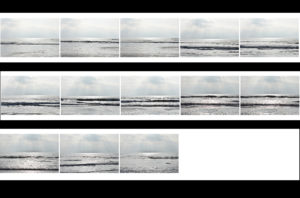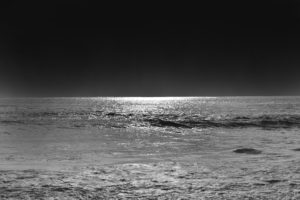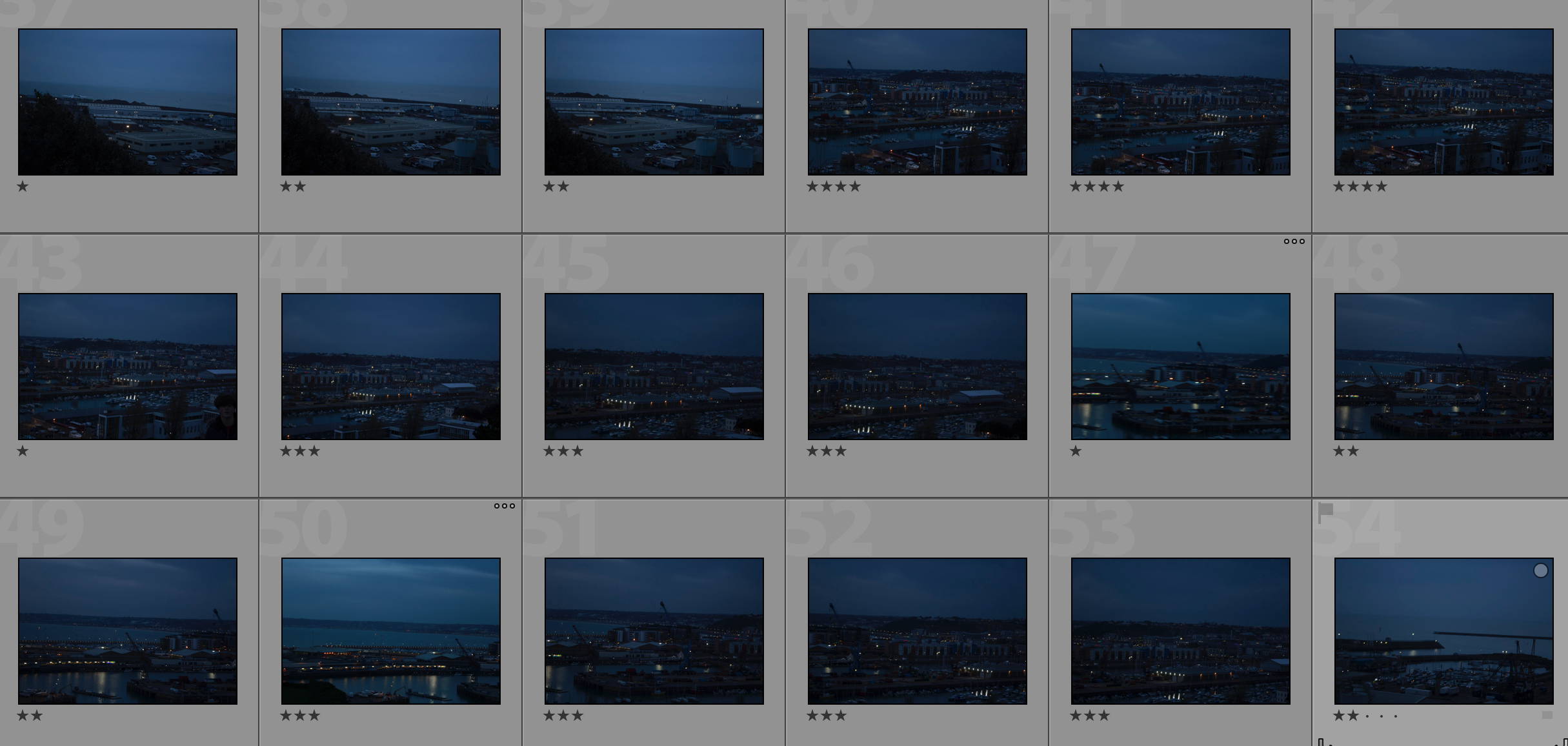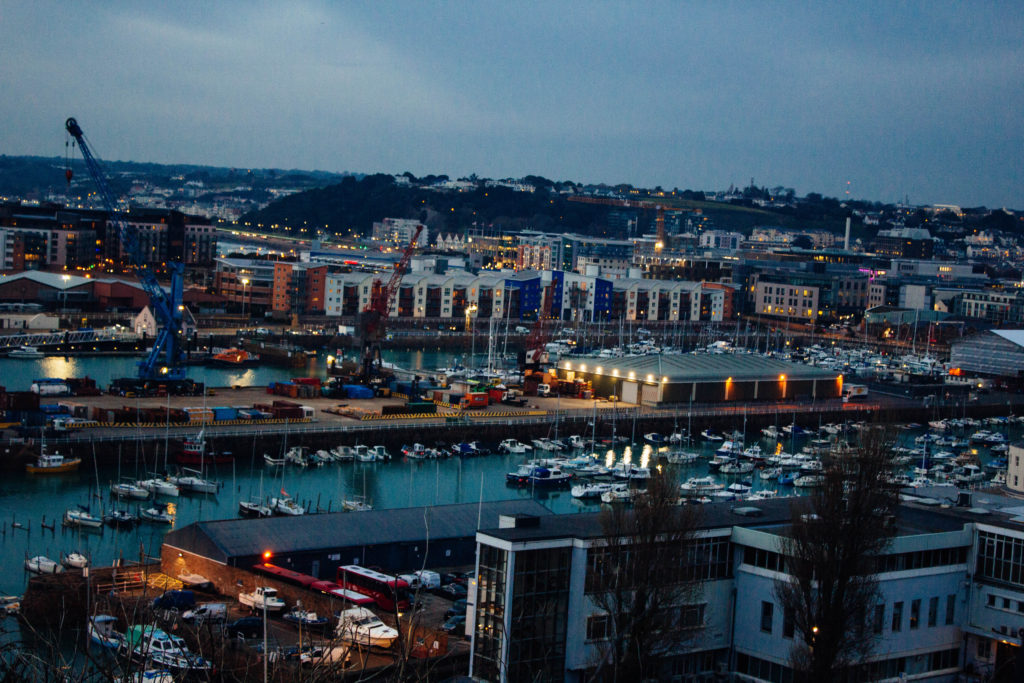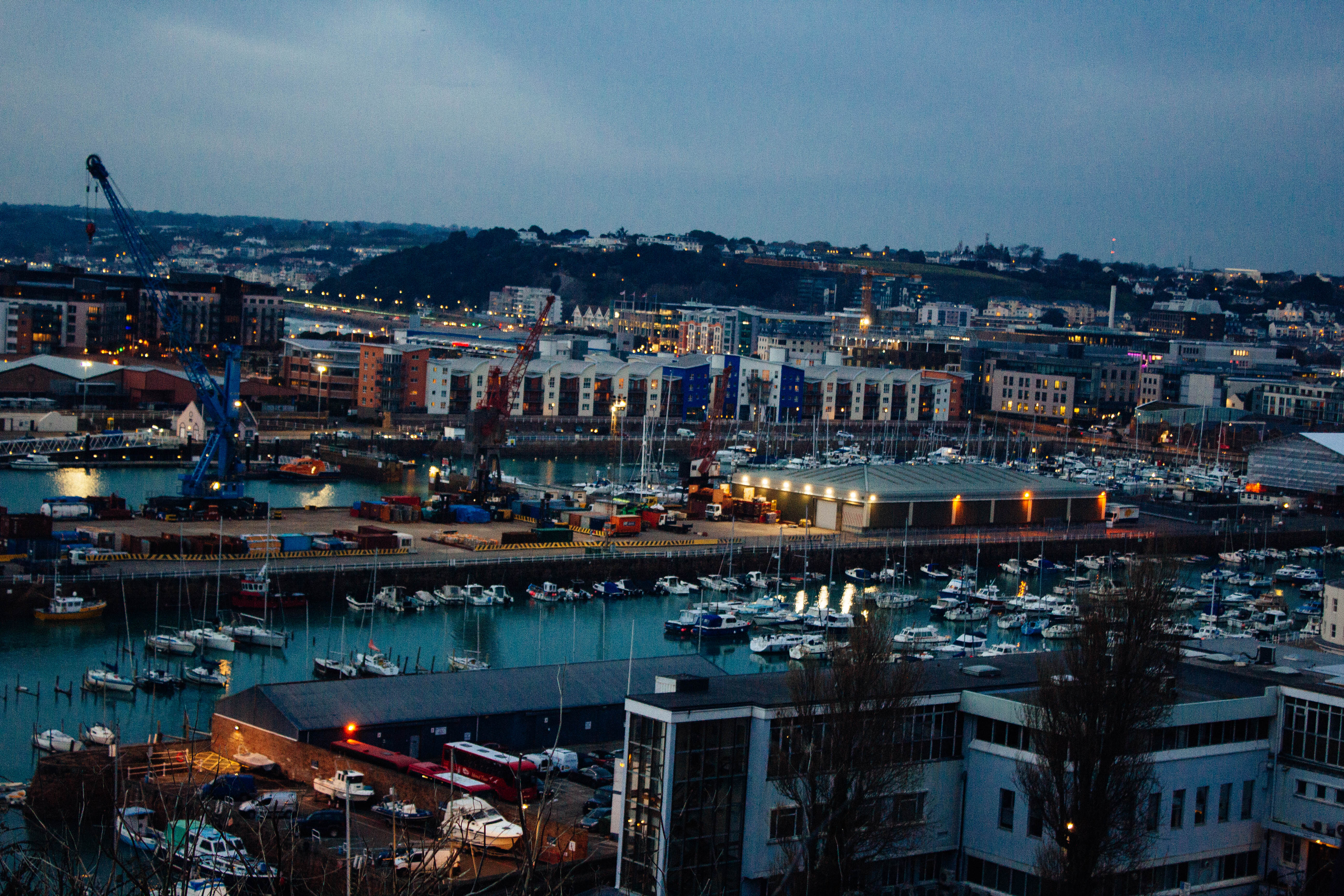Joel Sternfeld
As cities gradually formed newer building and more industrial sites are formed in order to produce and cope with the necessities that are essential for the growing population,The new trphogrohics tarted to raise attention Joel Sternfeld (born June 30th 1994,)Started his fine art color photographer ,he usually works within large formats of documentary picture from within the united states.He became a highly respected artists throughout his medium for color and his many works in the permanent collection off MOMA within New York City. Sternfeld started teaching at Dartmouth college and teaches photography after he himself learning all about color theory. Sternfeld’s most successful book was American Prospects and explored the irony of human altered landscapes. Sternfeld has many different aspects of exhibitions in order to try and capture and represent people in different manners, furthermore his work was very much influenced by the new trophgorhics,his exhibition was called the American prospects and had many different aspects o human life within nature.
I chose Joel Sternfeld due to his edge of nature but how he looks at the image as if it is a a whole set prepared image.I also liked his color within the image and how it compliments the setting.He has such a wide shot it enables a connection with the whole area of the image and a successful composition.
Mind map



All these images above all successfully convey the theme of presence of people the evolution of society and how nature has a mass significance.He has a clear color variation due to the type of surrounding scenario that the photographer is in.
Best image analysis
 This is my favorite image, this is due to the way in which you can see the effect that humans have and a certain type of deterioration to nature you can see the slow development of man made houses falling down and the gradual spread of rubbish mixed within the nature.the composition is interesting in the way of how the tree is closest to the foreground and has a large area of significance. Then you have the petrol station that too is falling down.conceptually he wanted to connote how people use land and then leave and what they leave behind is a constant effect and to the defect of how people abuse nature.
This is my favorite image, this is due to the way in which you can see the effect that humans have and a certain type of deterioration to nature you can see the slow development of man made houses falling down and the gradual spread of rubbish mixed within the nature.the composition is interesting in the way of how the tree is closest to the foreground and has a large area of significance. Then you have the petrol station that too is falling down.conceptually he wanted to connote how people use land and then leave and what they leave behind is a constant effect and to the defect of how people abuse nature.
My idea for the shoot
His images have a very strong aspect of planned or at least a strong com-positional aspect,So with my small experimentation of his work i too would want to show these aspects to create a successfully image.I also like his use of color and the way in which it is somewhat removed but also very much present within the large tonal range of colors.Areas In which I could take this work ,All these photos have a strong resemblance to isolation and a removal of presences themselves,due to this I will go to remote areas in which there is a high presence of nature and a lack of city scape of fast moving action.




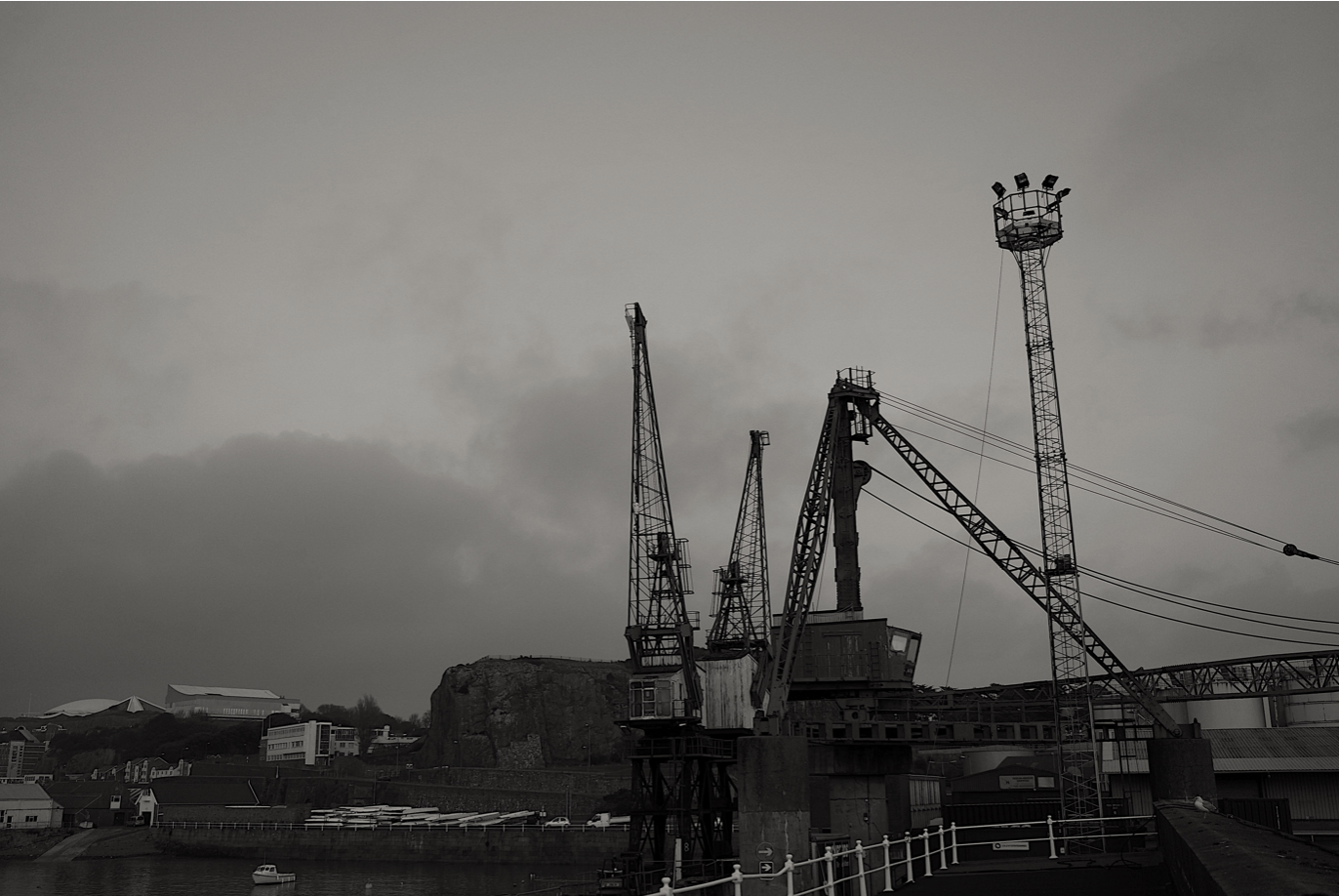
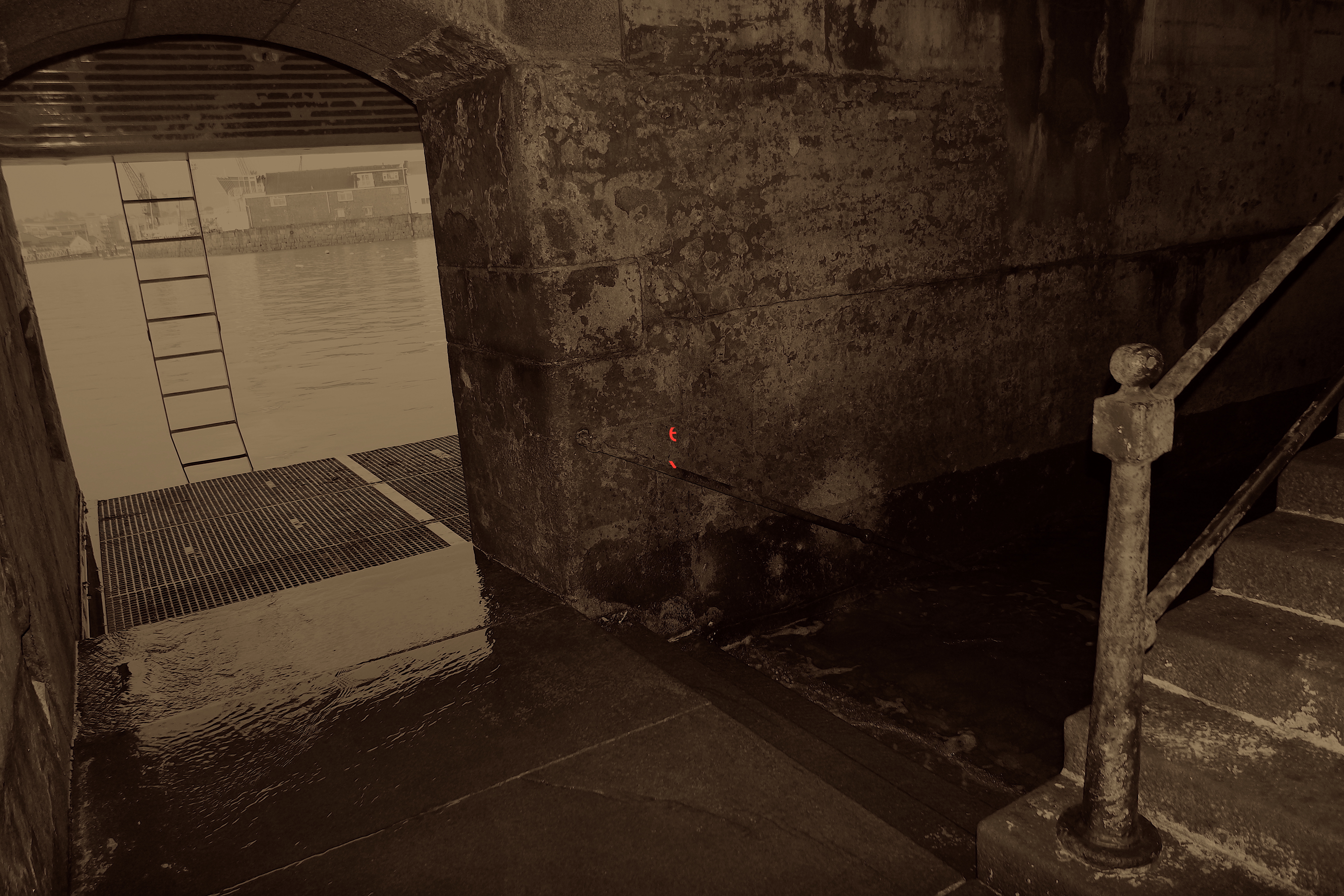




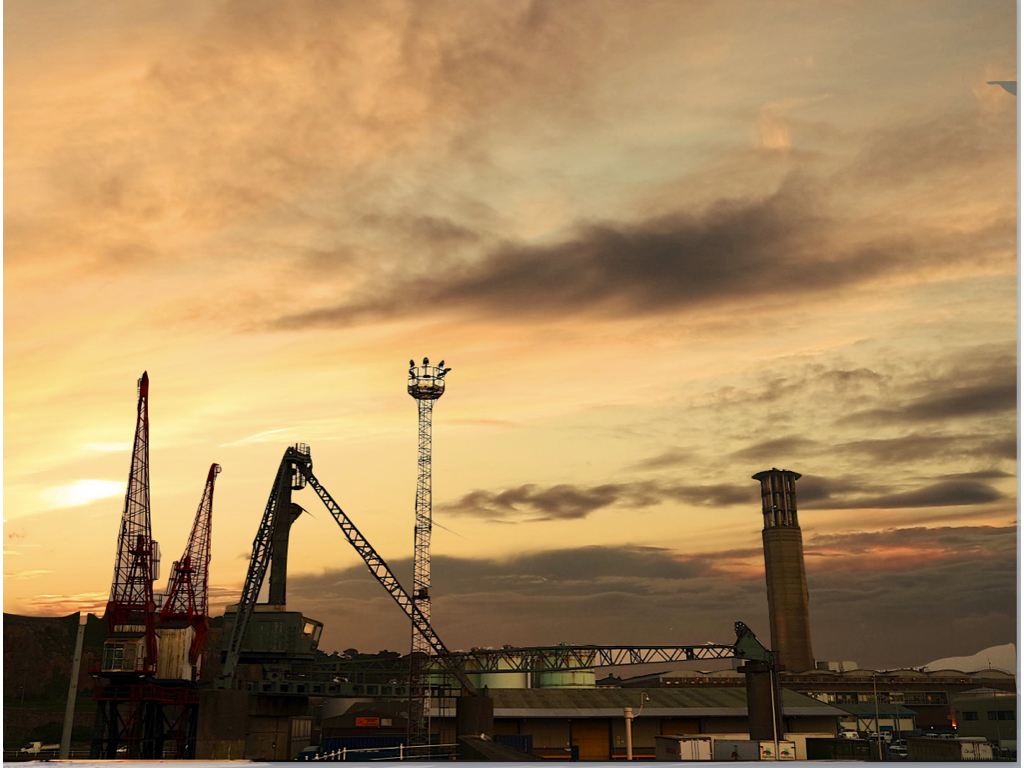
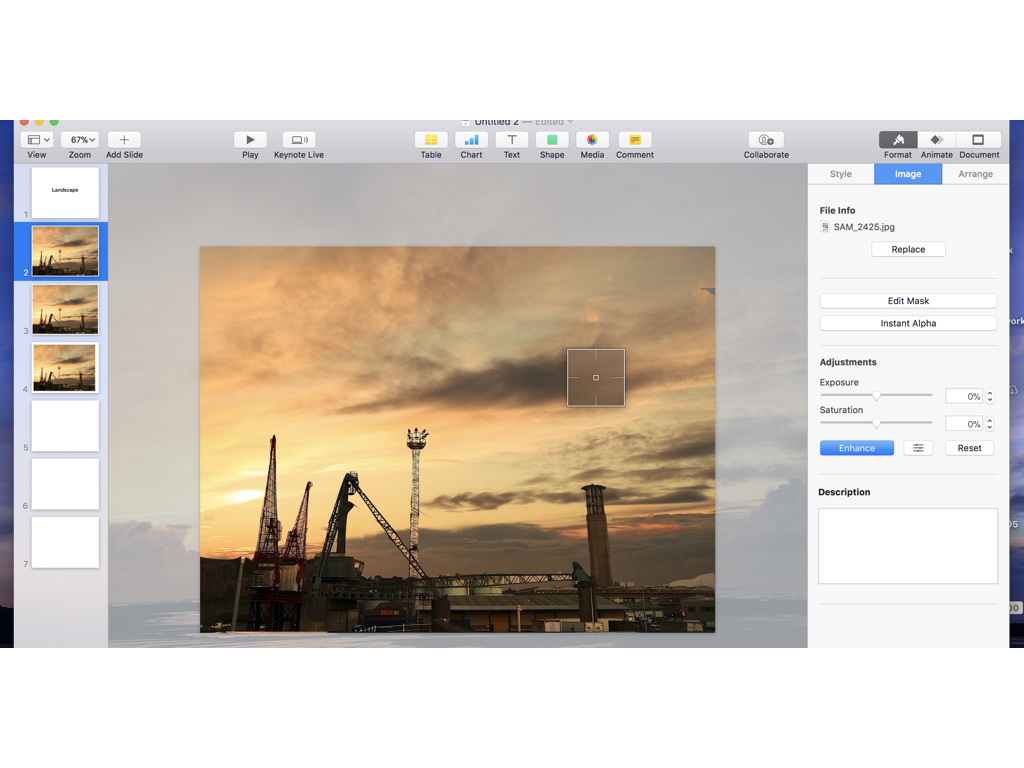



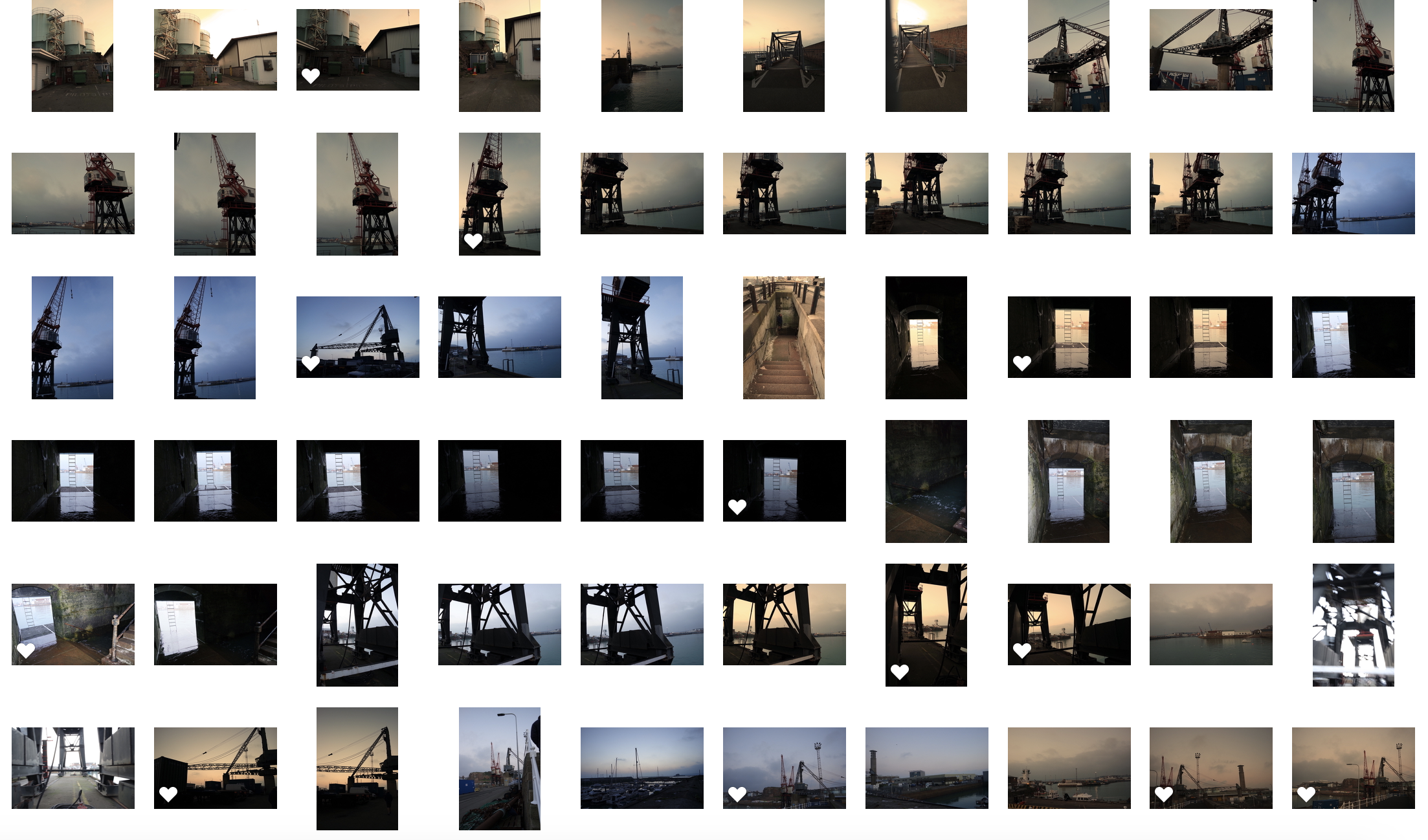
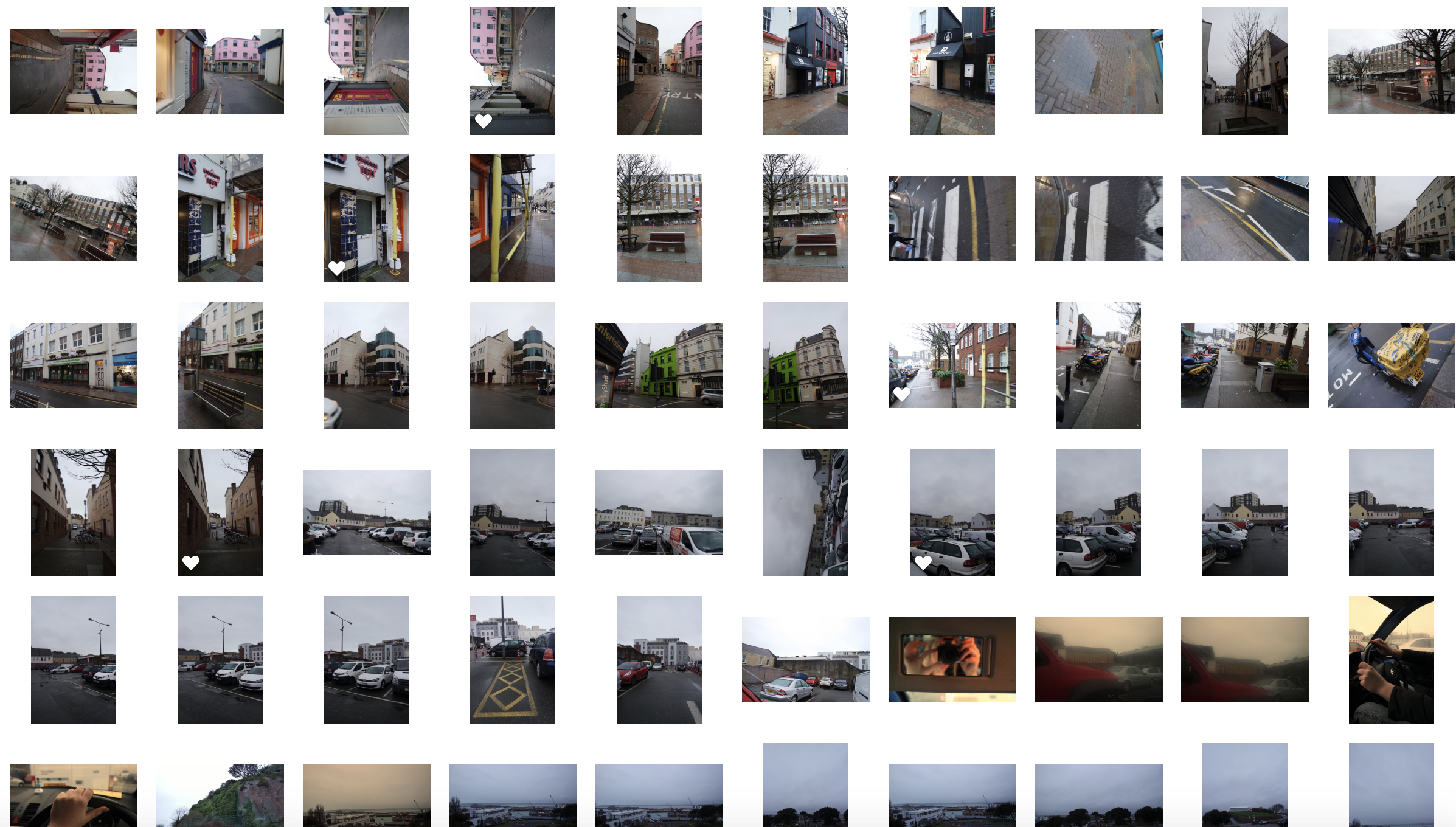



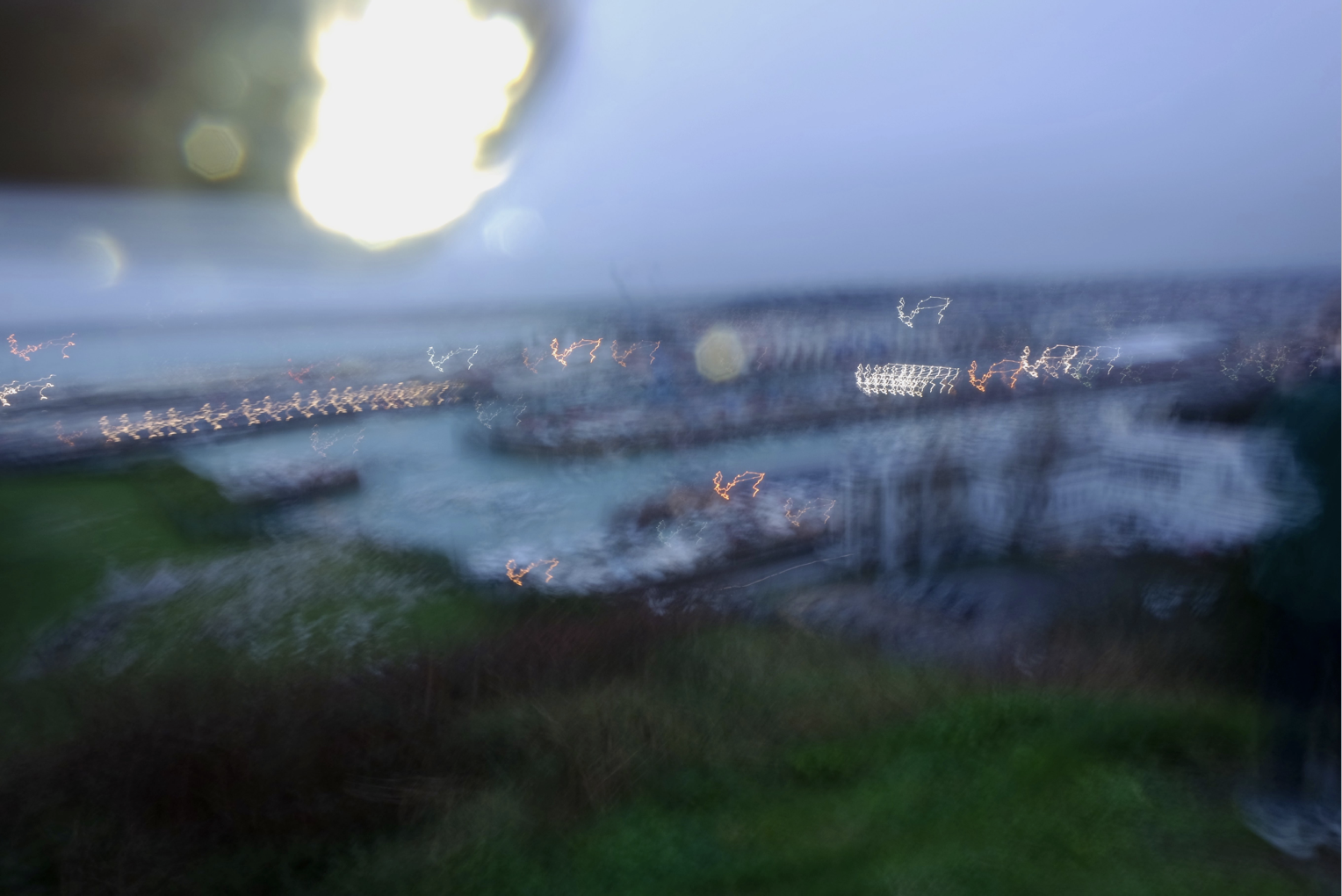


 My Favourite Photograph
My Favourite Photograph


